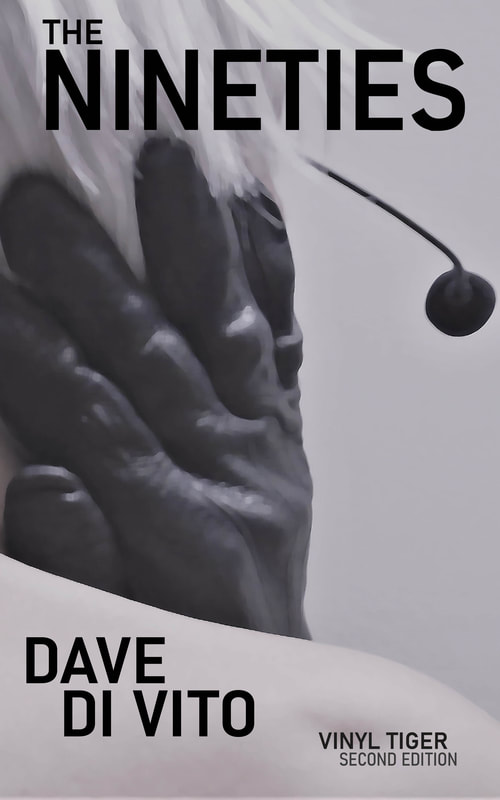 I AM not a huge fan of MAXXI in Rome. Aside from being a means through which the Northern parts of the city can be better utilized to capitalize on the Art Academy quarter of the city, and playing its part in re-asserting the presence of contemporary art in a classical city like Rome, MAXXI leaves me cold. When the Zaha Hadid designed building finally opened in 2010, it already felt stale to me. No coincidence that years of delays and other issues saw to the project taking almost ten years to be realised, by which stage the revolutionary building design seemed to scream; you've seen me before in a million other capital cities. The art at MAXXI feels more modern than contemporary, and this is an important thing to understand in Italy, because modern art in Italy envelopes the last few hundred years, whereas contemporary art is that which is produced in the now. Invariably, when you visit MAXXI, you get a mixed idea of what modernity means. You're as likely to encounter artwork from the seminal 1960s and 1970s, when Italian artists were at the forefront of the contemporary and avantguard scenes, as artwork from more recent years, in which the collections place emphasis on international artists, partly because Italian artists haven't connected with their public in recent years to the same scale as international artists, because they haven't been able to maintain the urgency, that cutting edge ability that seemed to come so naturally in the mid twentieth century. This is a direct result of the destruction of arts education and training in this country, a brain drain which has weakened innovation in the arts here in the same way that it has weakened Italy in technology, science and pretty much any other smart industry. MAXXI was envisaged as being the centre of Italy's contemporary arts scene, and as such, was part of a huge push to rebrand Rome as a pivotal European centre for contemporary art, a huge undertaking, given the identity clash between old and new that is constantly played out in Rome. But MAXXI, in just its second year, is already facing other big challenges. Recently spotlighted in the news due to funding issues, the museum finds itself in the unenviable position of being a big new player that already has an uncertain future. Coupled with the appointment of an administrator, talk currently suggests that the government, in its current austerity drive, has drawn the line and plans to cut funding, emphasizing the point that its initial funding was provided under the condition that MAXXI sought out private partners to sustain it on an ongoing basis. This brief Italian article suggests that MAXXI has so far failed to do so, and that in not doing so, risks not being able to pay staff wages beyond another few months, let alone continue to stage exhibitions and events that it so desperately needs to in its attempt to define its place in the contemporary European scene. MAXXI of course is not alone in this dire situation. In recent weeks, by museology standards, events have turned almost apocalyptic. Click Read More to continue this post. As was recently reported, a highly dramatized demonstration at Casoria, in Campania, the region directly south of Lazio, saw the museum's director begin to systematically set fire to works in its collection, as much to draw attention to the plight of contemporary arts in Italy, as it was a rather desperate display of the tense relationship politicians and government have with the arts community and the dire situation in which the art space finds itself.
Money is on everyone's minds at the moment. Now that the Berlusconi years have drawn to a close, Italians have momentarily had their fill of political sex scandals. Now, the emphasis seems to be on scandals involving political spending, because so many initiatives that need to be supported at community level are either being ignored or left to fall by the way. This is a result of the increasing austerity that has gripped this country, its government, and its neighbours. The heads of the Northern League have recently rolled over corruption and embezzlement, taxes are at the forefront of people's minds, and the absurd cost of government and governing in this country is being increasingly scrutinized. The Corriere, a daily newspaper here, recently exposed a bit of the regional spending in a tit for tat way, detailing how regional governments have disproportionate spending habits, and although much of this is smoke and mirrors, based as much on irresponsible lending as it is on unwise spending choices, it points to a fundamental divide between spending for communities, sectors and growth and to unneeded infrastructure. Whilst these maze like approaches to spending are coming to light, so to is the push from those in government to privatise the arts. Increasingly, arts industries in Italy have to grovel to the European union for funding rather than domestically. In addition to forcing Italian artists to compete with all the other nations of the EU for an ever dwindling pie, this approach strips Italy of a connection between its artists, communities and audiences, as foreign funding brings with it foreign conditions, stipulations and needs. Funding is a necessary evil in the world of arts. Traditionally it was benefactors, churches and general philanthropy that supported artists, but when governments understood the value of culture, both in soft and financial terms, they quickly took that place. The problem is the decisions on how to award funding are often problematic, faulted sometimes even absurd, based as much on personal preference and contacts as it is on mistaken concepts of rewarding viability over innovation. Does Rome need a MAXXI in light of the existence of the Macro spaces? Maybe not. Maybe the money spent on MAXXI would have been better spent on building education, training, opportunities for artists and smaller spaces so that contemporary arts could have grown in a more organic way, and so that local artists could have had the opportunity to build their skill bases, to lift their abilities, which in international terms are lacking. This would have helped Rome assume a higher place on the contemporary visual arts ladder in Europe. What Rome now has is a problem of feeding an institutional beast while continuing to starve its artists. Its a no win situation and will do nothing to bridge the gap between current international and local art practice. The situation will remain the same for independent and emerging locals who will inevitably have to leave the country to develop and find opportunities. But for MAXXI, the future is just as likely to be about demoralizing demands of private industry, because in this country at least, the cultural sector is always starved and weakened to the point of desperation before Prince Charming arrives, with his own prenuptial agreement ready for you to sign.
2 Comments
15/7/2013 06:13:38 am
This is a smart blog. You have so much knowledge about this issue, and so much passion.
Reply
Your comment will be posted after it is approved.
Leave a Reply. |
Dave
|
|
|
Dave Di Vito is a writer, teacher and former curator.He's also the author of the Vinyl Tiger series and Replace The Sky.
For information about upcoming writing projects subscribe to the mailing list. Dave hates SPAM so he won't trouble you with any of his own. He promises. |




 RSS Feed
RSS Feed